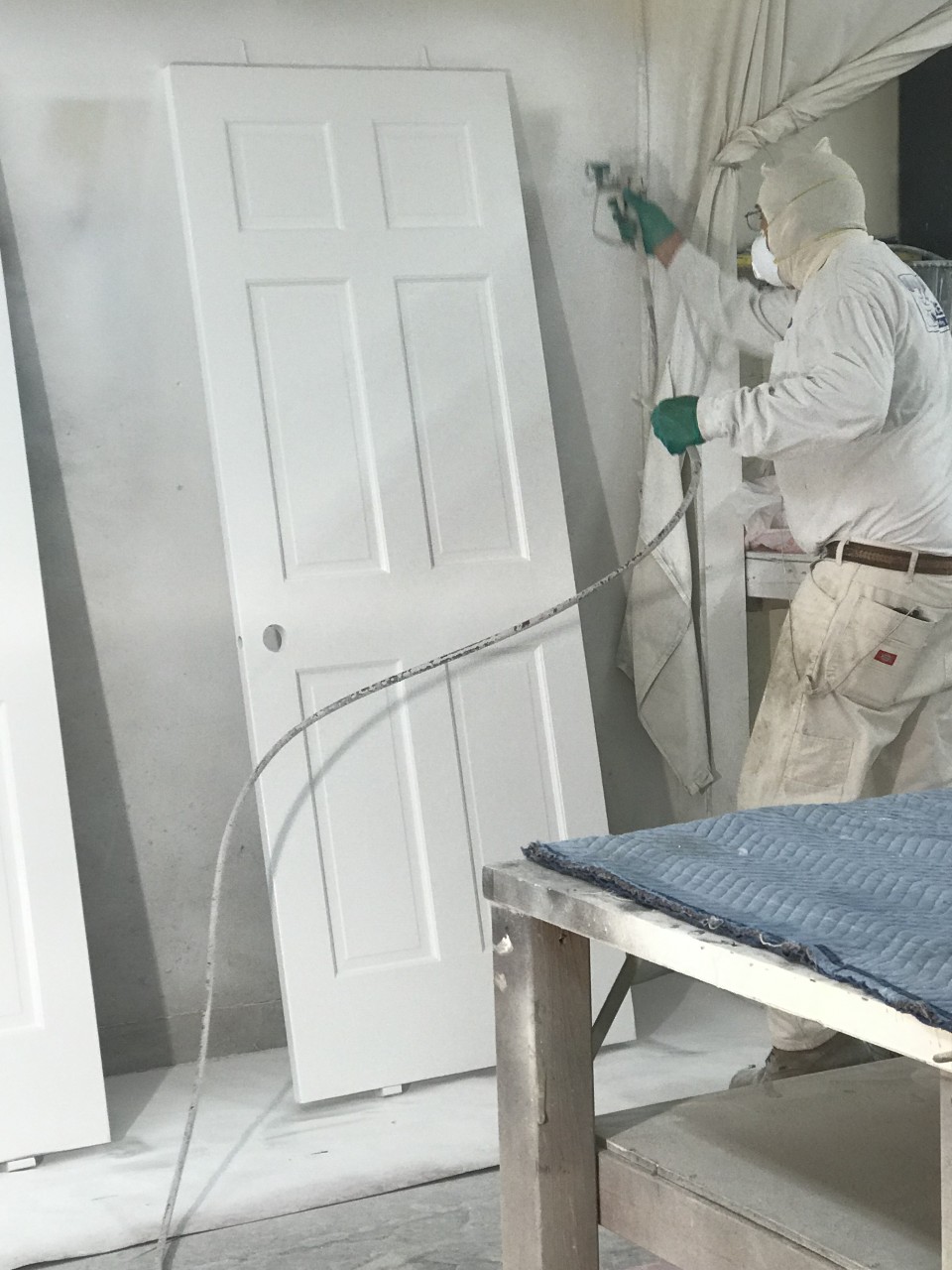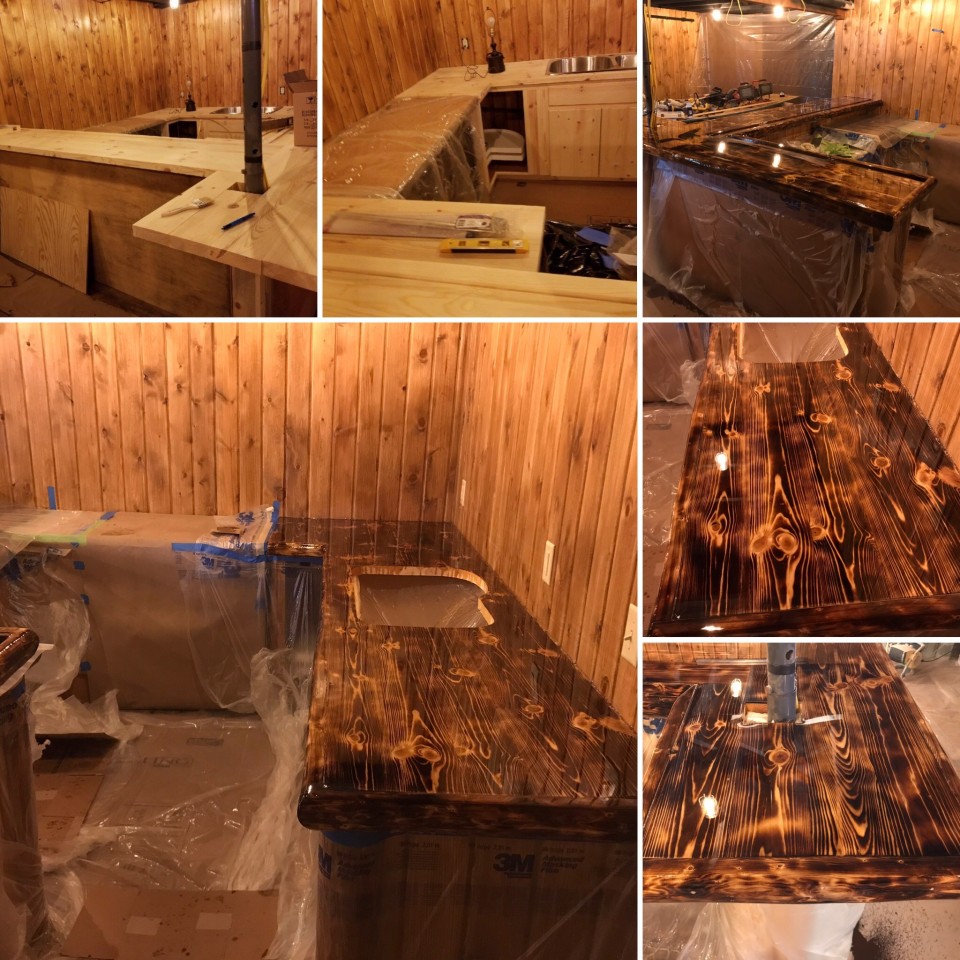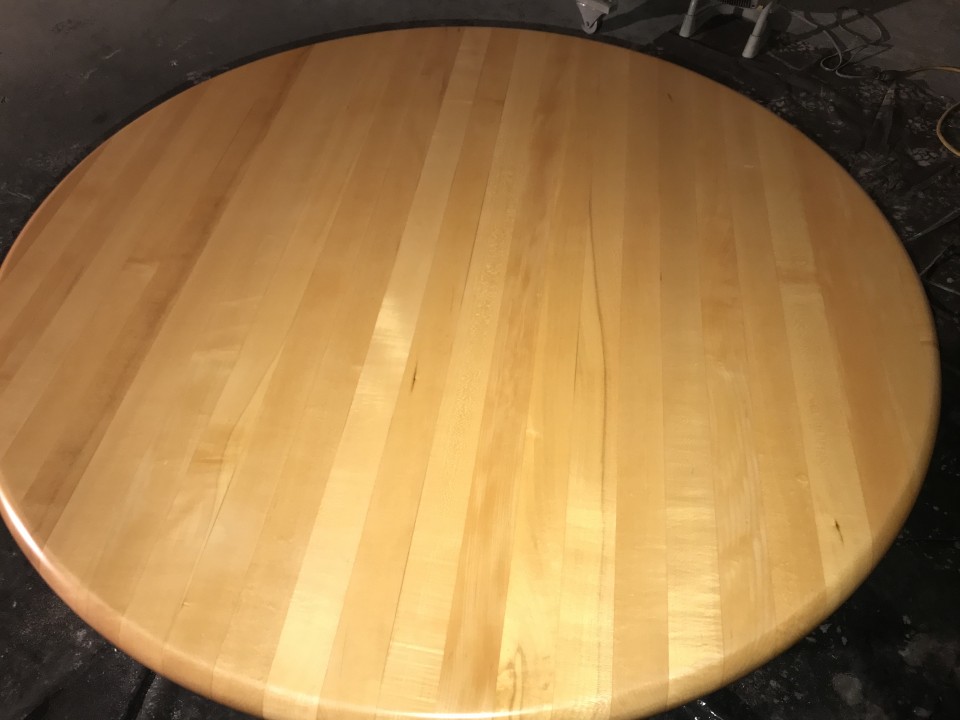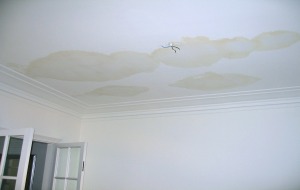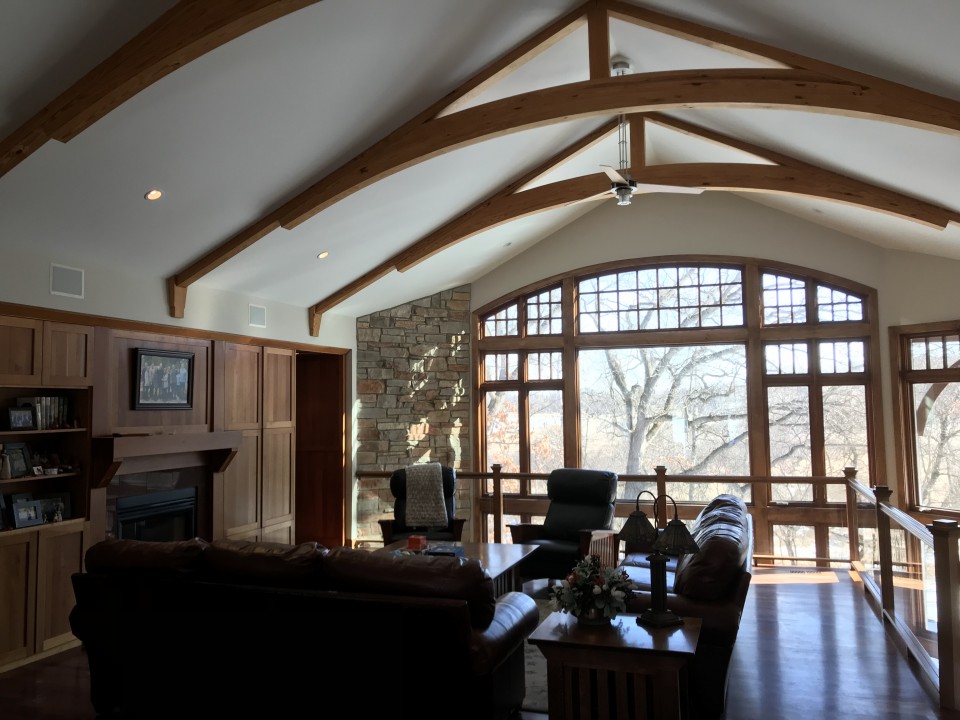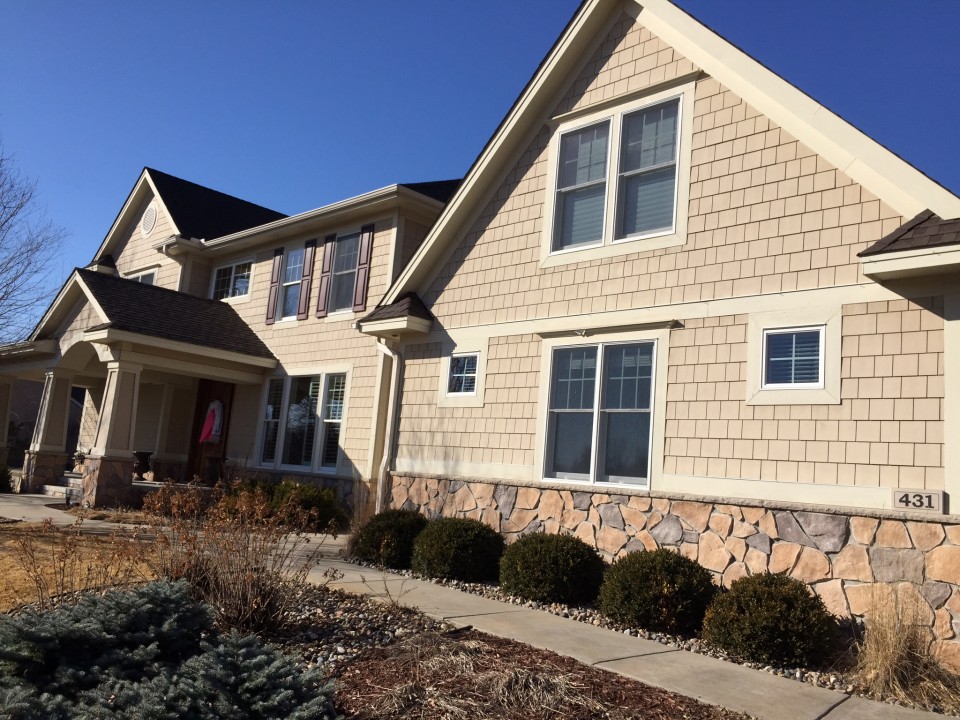PART THREE-Removing and Repairing Damage Ceiling Texture
Worst case scenario: Your texture is damaged, your sheetrock is damaged and you need to repair both. You first need to decide if you need to remove and replace any sheetrock. If the sheetrock is bowed or sagging, that problem can only be remedied with sheetrock replacement. Call a contractor, this process will not be explained below. However, if you have a few holes in your ceiling fist sized or smaller, or the texture is falling off? No problem, read on!
First remove any loose texture with a metal putty knife (1.5” – 6”) blades usually work best depending upon the amount of damage and how tight the texture is. The goal here is to remove loose, soft and or damaged texture until you find tighter or sound texture. When we say remove we mean that the ceiling will be smooth underneath the texture. The damaged area will still be dusty or chalky but all the bumps will be gone. The difficulty here is again due to lack of a primer under the texture and/or no paint on top of the existing texture. It’s hard to know when and where to stop the removal process. You will need to remove all the water damaged texture. If you just paint over damaged texture it may fall to the floor when you paint. This can even happen years later. Once you have removed the damaged texture you will need to bevel back the remaining sound texture at the edges of the damaged area. You can’t leave a line, edge or ridge at the joint where the texture is sound and the removed area. We use a stiff putty knife to remove the sound texture. Yes, you will now be removing the sound texture to create a beveled edge. This beveled edge must be at least 5” wide. The idea here is to remove all the texture at the joint and carefully remove less and less texture as you move away from the joint. (The joint is the spot where you stopped removing the damaged texture and the sound texture begins) You are trying to create a 5”-10” area that is beveled. As you move out and away from the joint you will be removing less and less texture. This beveled area is the key to hiding the damaged area.
Patching Holes: Don’t patch until you prime the damaged area. Patching compounds will not stick well to dusty and/or chalky areas. The best primer for something like this is again a clear thin primer like Zinsser-Gardz Problem Surface Sealer from Abbott Paint & Carpet. Prime the entire area that you have worked on and allow to dry. When patching, if the hole is smaller than or slightly larger than a standard pencil then you can just use any type of spackle or patching compound. If the hole is the size of a quarter then Gravity will pull the patch out of the hole to some degree. Fill the hole first with something. That something will need to be tightly inserted and can’t stick out of the hole. That something (Joint tape, a piece of sheetrock, some foam spray etc.) must fit tightly to the sides of the hole. Then fill as stated above. Always use at least two coats of patching compound and allow to dry between coats. For larger holes use a metal mesh patch available at your local paint or hardware stores. Follow the directions on the label for application. Use at least 2 – 3 coats of joint compound to adhere the metal mesh patch.
Okay! Damaged texture has been removed, beveled edge installed, damaged area primed, holes patched it’s time to texture.
There are some aerosol textures on the market for small spots. Read the instructions carefully and be prepared to apply the product 2-3 times. You must allow the product to dry between coats. These aerosol texture cans may work very well for small spots.
If you rent a texture machine you will also need a bag of texture, 99% of ceiling texture products are of a medium size (more than likely you will need medium). Follow the directions on the back of the texture bag. Talk to the people at the rental store. This is all trial and error stuff, be patient. There are three different variables at play when you apply texture. Airflow or the volume of air, the hole size in the texture gun and or the thickness or thinness of the texture itself. It’s a super messy process, start small and be prepared to wipe off the texture if it doesn’t look right. Try, try again don’t worry too much about messing it up you can always call Lake Area Painting & Decorating.
If the damaged area is larger than a soccer ball? Call your local contractor, Lake Area Painting & Decorating or you can rent a texture machine. Or you can do all the work stated above then call Lake Area Painting & Decorating.
If you succeed with the texture the texture is dry, everything looks great. Then look carefully for water stains. If you see them then deal with them as explained above using a spray can of spray primer Zinsser B-I-N or Kilz Original.
Paint your ceiling as stated in a previous blog post or again call Lake Area Painting & Decorating Inc. Thank you for taking the time to read our blogs!

